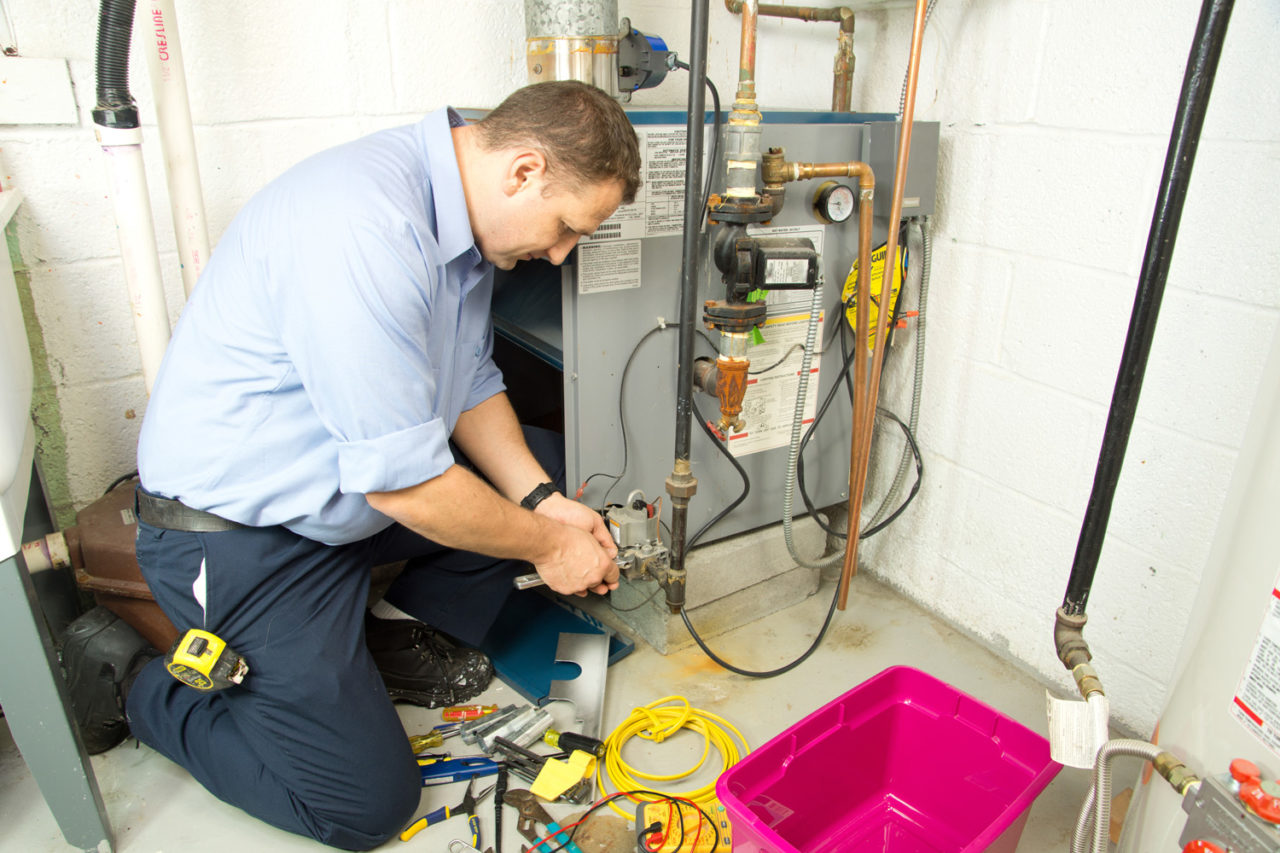Ensuring your heating system runs efficiently is crucial for a comfortable home. Whether the problem is as simple as a low battery in your thermostat or as complex as a failing ignition system, routine maintenance and timely DIY fixes can prevent unexpected breakdowns when you need warmth the most. In this guide, we’ll walk you through common heating issues, share easy repair tips, and explain when it’s time to call a professional.
Why Annual Heater Maintenance Matters
Regular maintenance is the cornerstone of a reliable heating system. Annual servicing not only minimizes the risk of sudden breakdowns but also improves energy efficiency and extends the lifespan of your equipment. Here’s why scheduling a yearly check‑up should be at the top of your to‑do list:
- Prevent Costly Repairs: Regular inspections catch minor issues early—saving you from expensive repairs later.
- Increase Energy Efficiency: Well‑maintained heaters consume less energy, reducing your utility bills.
- Extend Equipment Life: Routine care and timely repairs can add years to your heater’s operational life.
- Enhance Safety: Annual checks help detect safety hazards such as gas leaks or electrical malfunctions before they pose a risk.
By prioritizing annual maintenance, you ensure that your system is always ready to handle the demands of winter without unexpected interruptions.
1. Check Your Thermostat
The thermostat acts as the control center of your heating system. A malfunctioning thermostat is one of the most common culprits behind poor heating performance. To ensure your thermostat is working correctly, follow these steps:
- Replace Batteries Regularly: If your thermostat operates on batteries, change them at least once a year. Low battery power can lead to erratic behavior.
- Verify Settings: Double‑check that your thermostat is set to “heat” or “auto.” Sometimes, especially after a power outage, programmable thermostats revert to default settings or lose their schedule.
- Inspect the Display and Wiring: If your thermostat’s display is blank or shows error messages, it might indicate wiring issues or internal faults. A quick reset might resolve minor glitches, but persistent problems warrant professional attention.
- Consider Upgrading: Older, non‑programmable thermostats often lack the precision of modern smart models. Upgrading can lead to more accurate temperature control and improved energy savings.
By keeping your thermostat in top condition, you ensure that your heating system responds correctly to your comfort settings.
2. Inspect Your Vents and Air Filters
For your heating system to work efficiently, proper airflow is essential. Blocked vents and dirty air filters can cause your heater to work harder than necessary, reducing its efficiency and increasing energy costs. Here’s what to do:
- Clear All Vents: Check that all return air intakes and supply vents are free from obstructions such as furniture, heavy drapes, or decorative items. Unblocked vents allow warm air to circulate evenly throughout your home.
- Clean or Replace Filters: Air filters can accumulate dust, pet hair, and other debris over time. A clogged filter restricts airflow and forces your system to overheat. Clean or replace your filters every one to three months, depending on your environment and usage.
- Inspect Ductwork: While not always a DIY job, occasionally checking ductwork for visible blockages or debris near accessible areas can prevent efficiency losses.
Regularly inspecting and maintaining vents and filters not only improves the overall performance of your heater but also helps maintain consistent room temperatures.
3. Listen for Ignition and Operational Issues
Modern heating systems often incorporate sophisticated ignition systems that activate only when heat is needed. If you notice unusual sounds—such as persistent clicking, buzzing, or whistling—this may indicate an issue with your igniter or other critical components.
- Identify the Noise: Determine if the noise occurs every time the heater cycles on. Unusual sounds can be early warning signs of a failing igniter or other mechanical problems.
- Monitor System Behavior: If your heating system frequently short‑cycles (turns on and off repeatedly) or fails to maintain a consistent temperature, it might be struggling to ignite properly.
- Schedule Professional Inspection: Persistent or disruptive noises are best handled by a professional HVAC technician who can safely diagnose and repair the problem.
Addressing ignition issues promptly not only ensures reliable heating but also prevents further damage to your system.
4. Understand Your Heating System
A basic understanding of how your central heating system works can empower you to perform effective troubleshooting. In most systems, a boiler heats water, which then circulates through radiators to warm your home. Over time, sludge, rust, and trapped air can accumulate in the system—reducing efficiency and causing uneven heating.
- Sludge and Debris: Over years of operation, radiators can develop cold spots due to sludge build‑up. A professional system flush can remove this debris, ensuring hot water circulates evenly.
- Trapped Air: Air pockets in radiators cause the bottom to be hot while the top remains cold. Bleeding your radiators releases this trapped air, improving efficiency. This simple process requires a radiator key and a small cloth to catch any drips.
- Regular Checks: Familiarize yourself with signs of wear and tear, and don’t hesitate to consult your system’s manual for troubleshooting tips.
Understanding these fundamentals can help you decide whether a problem can be fixed on your own or if it requires expert attention.
DIY vs. Professional Repair: Knowing When to Call for Help
While many heating issues are simple enough for a DIY fix, some problems are best left to the professionals. Here are signs that professional help is needed:
- Complete System Failure: If your heater won’t turn on at all despite checking basic settings, it could indicate an electrical or mechanical fault.
- Persistent Safety Concerns: The smell of gas, carbon monoxide alarms, or any signs of fire hazard require immediate professional intervention.
- Frequent Cycling or Inconsistent Heating: When the system frequently turns on and off or fails to maintain a stable temperature, it may indicate complex issues like airflow imbalances or faulty components.
- Complex Electrical or Gas Components: Repairs involving gas lines, electrical wiring, or internal components should always be handled by certified HVAC technicians to ensure safety and compliance.
Professional repairs not only offer expert diagnosis but also ensure that any work is performed safely and according to industry standards, protecting your home and family.
Keeping Your Home Warm and Energy-Efficient
Maintaining your heating system doesn’t have to be overwhelming. By scheduling annual maintenance and performing regular DIY checks, you can keep your system running efficiently throughout the winter. Remember these key steps:
- Check Your Thermostat: Replace batteries, verify settings, and consider upgrading to a smart model.
- Inspect Vents and Air Filters: Keep vents clear and replace filters regularly to ensure proper airflow.
- Monitor for Ignition Issues: Listen for unusual noises and address persistent problems with professional help.
- Understand Your System: Familiarize yourself with basic operations and routine maintenance tasks.
- Know When to Call a Professional: Don’t hesitate to contact a certified technician if your DIY efforts don’t resolve the issue or if safety concerns arise.
For peace of mind and a reliably warm home this winter, take control of your heating system today. If you need further assistance or suspect a more complex issue, contact a trusted local HVAC expert like Mountain Valley Home Comfort for a professional inspection and repair.
Stay warm, save money, and enjoy a hassle‑free winter with these expert heating repair tips. Schedule your annual maintenance now and experience the difference that proper care can make.



